If you're experiencing a persistent drip from your tap or noticing water leakage around the base, it might be time to change the tap's washer. Don't worry, it's a common issue that can be easily fixed with a few simple steps. In this guide, we'll walk you through what a washer is, where it's located, when and why you should change it, and, most importantly, how to do it yourself.
Understanding Washers: A tap's washer is a small, often rubber or plastic component located within the tap's mechanism. It plays a crucial role in creating a watertight seal, preventing water from leaking when the tap is turned off. Over time, wear and tear can cause the washer to degrade, leading to leaks and drips.
Location of the Washer: The washer is typically situated inside the tap's handle or under the tap's spindle, depending on the type of tap you have. For traditional taps, it's often found in the compression mechanism.
When to Change the Tap's Washer: Knowing when to change the tap's washer is key to preventing water wastage and potential damage. Look out for signs such as a constant drip, water pooling around the tap, or difficulty turning the tap off completely. If you're experiencing any of these issues, it's time to replace the washer.
Why Change the Tap's Washer: Changing the tap's washer is a cost-effective and environmentally friendly solution. A leaking tap can waste a significant amount of water over time, contributing to higher water bills and unnecessary resource consumption. By replacing the washer, you not only save money but also contribute to water conservation efforts.
How to Change the Tap's Washer:
- Turn off the water supply: Locate the isolation valve beneath the sink and turn it clockwise to shut off the water supply.
- Remove the tap handle: Use a screwdriver or an adjustable wrench to carefully remove the tap handle, exposing the spindle and internal components.
- Access the washer: Depending on the tap type, locate the washer either inside the handle or under the spindle.
- Remove the old washer: Use pliers to carefully remove the old washer. Take note of its size and shape for selecting a suitable replacement.
- Install the new washer: Place the new washer in the same position, ensuring it fits securely.
- Reassemble the tap: Put the tap handle back in place and secure it with the appropriate screws or bolts.
- Turn on the water supply: Open the isolation valve to restore water flow and test the tap for any leaks.
Visit our Branches for Washer Replacement: Washers can be purchased from both our Wellingborough and Northampton Plumbco branches [branch locator]. Our friendly and knowledgeable staff are always ready to assist you with any questions or concerns you may have.
Where to Find Quality Brassware: For residents in Northamptonshire and beyond, Plumbco offers an extensive Brassware Collection that combines style and durability. Whether you're looking for a sleek modern design or a classic aesthetic, our range has something for everyone. What's more, we understand the importance of convenience in today's busy world. If you can't make it to our Wellingborough or Northampton branches, worry not – we ship all over the UK. With tracked 24 and 48-hour delivery options, you can have your chosen brassware delivered straight to your doorstep with peace of mind.
Free Shipping on Orders Over £150: We value our customers, and to express our gratitude, we offer free shipping on all orders over £150. It's our way of ensuring that you not only get quality brassware but also enjoy the added benefit of cost-effective and efficient delivery.
Changing a tap's washer is a straightforward DIY task that can save you money on water bills and contribute to environmental sustainability. Remember, if you need assistance finding the right brassware or replacement washers, Plumbco is here to help. Happy plumbing!

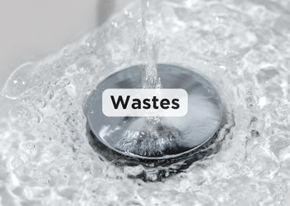

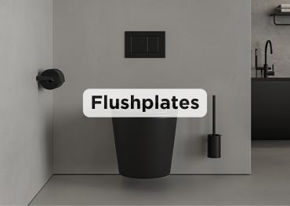

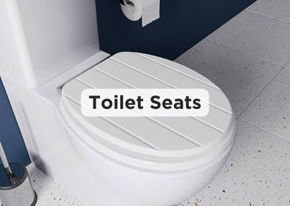
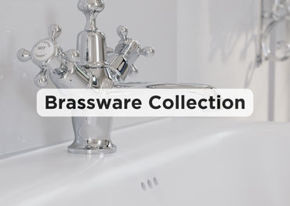


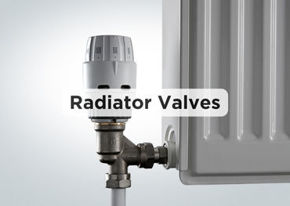

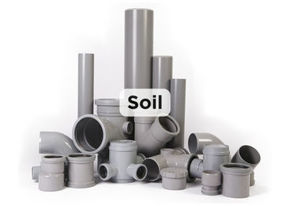
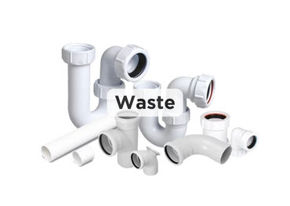
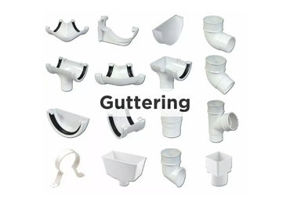

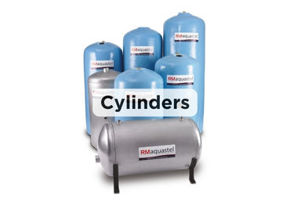

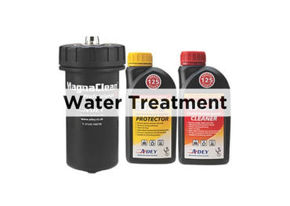
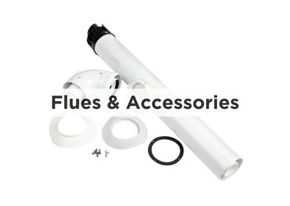
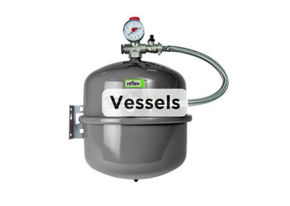
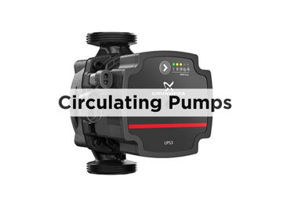
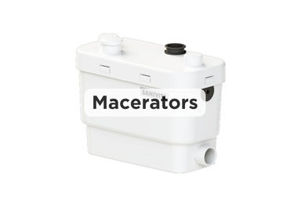
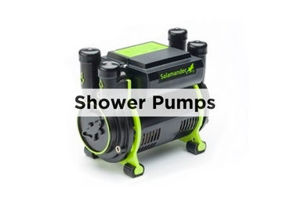
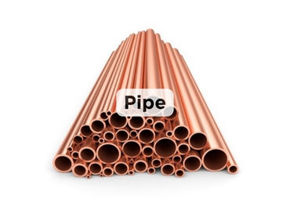


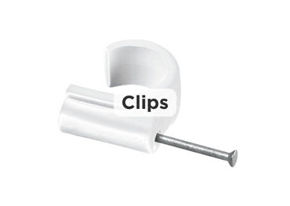

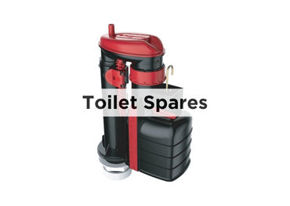


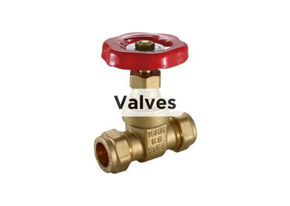
.jpeg)